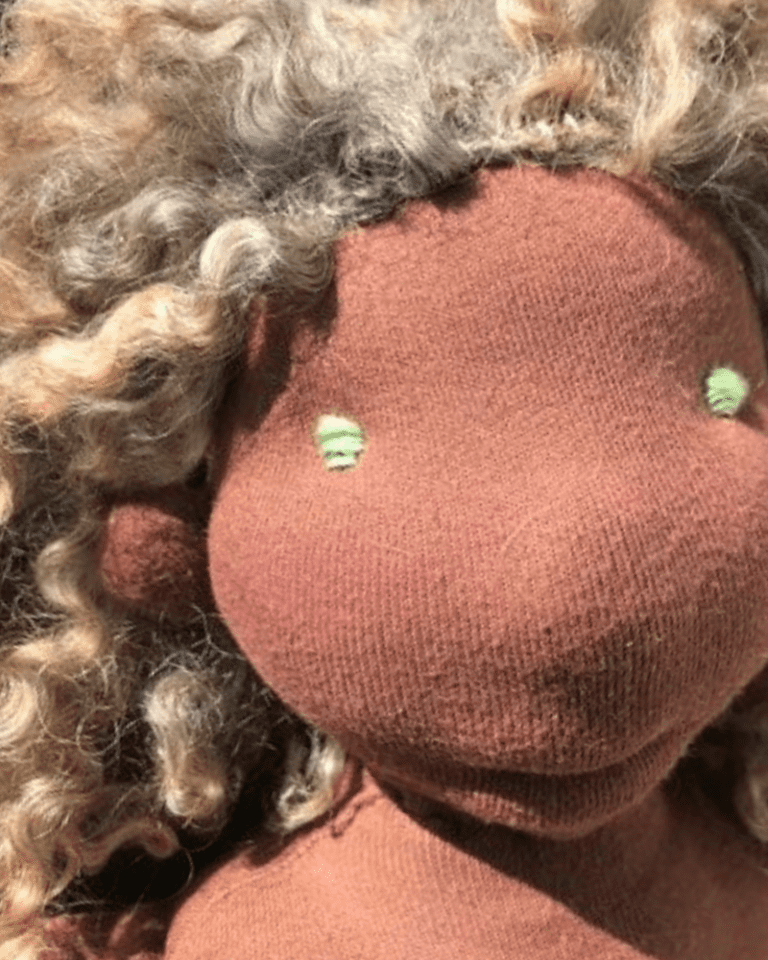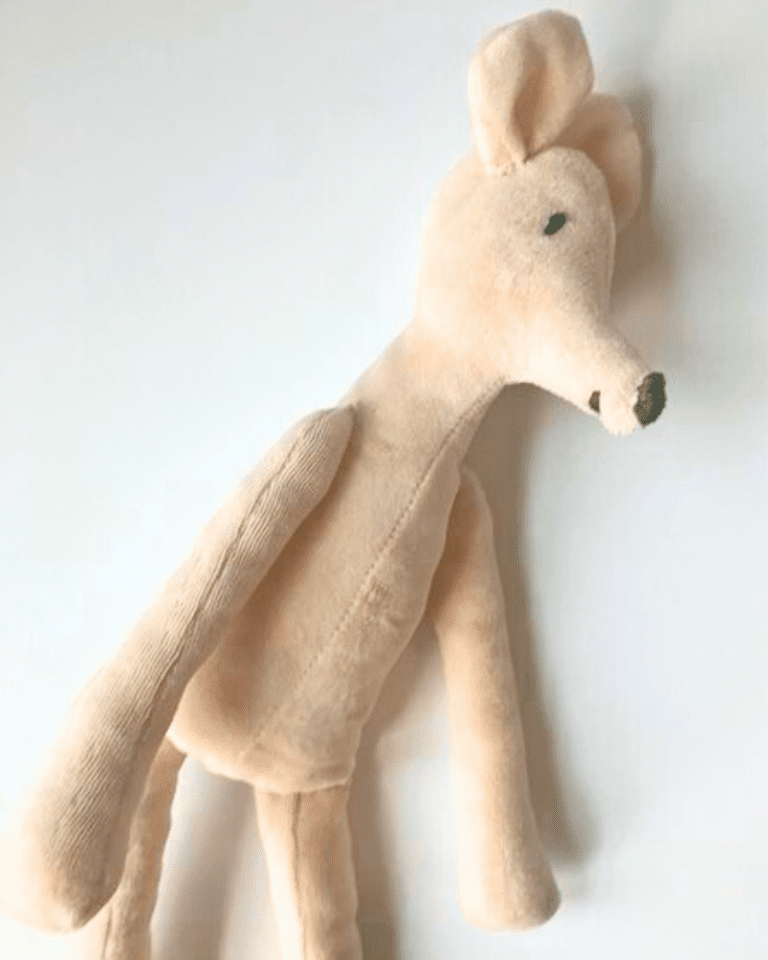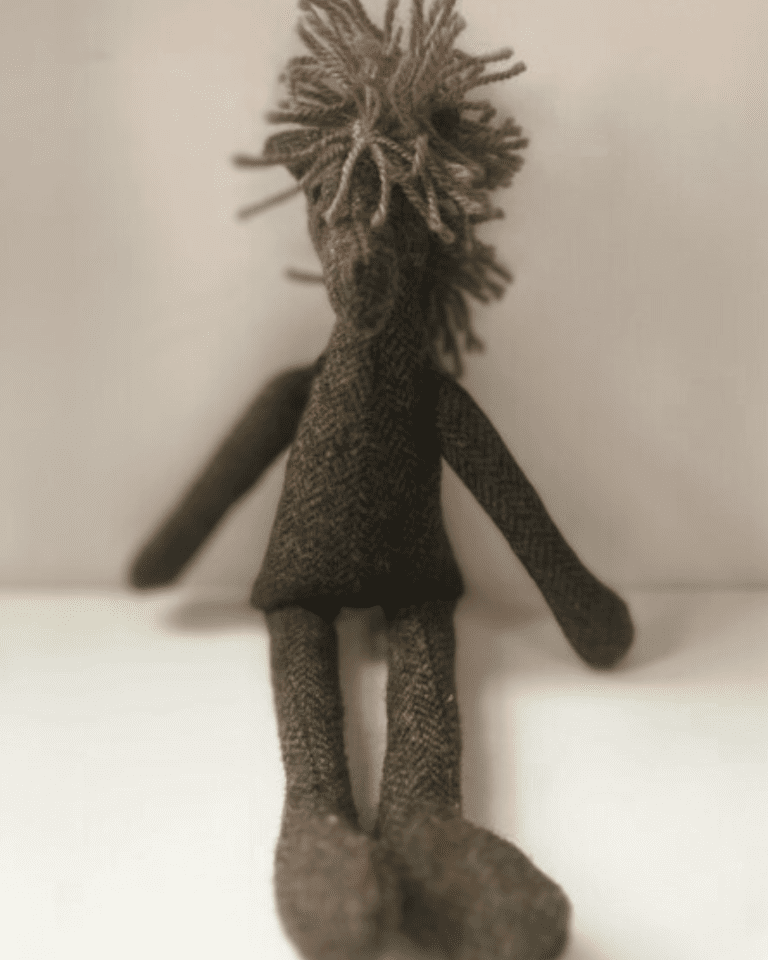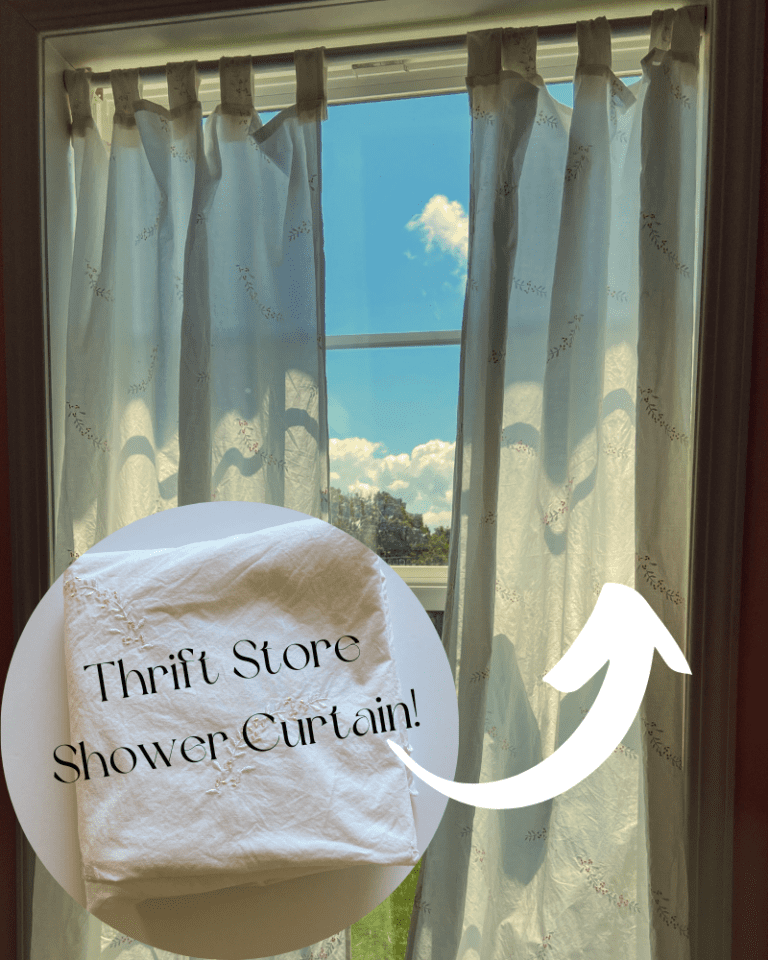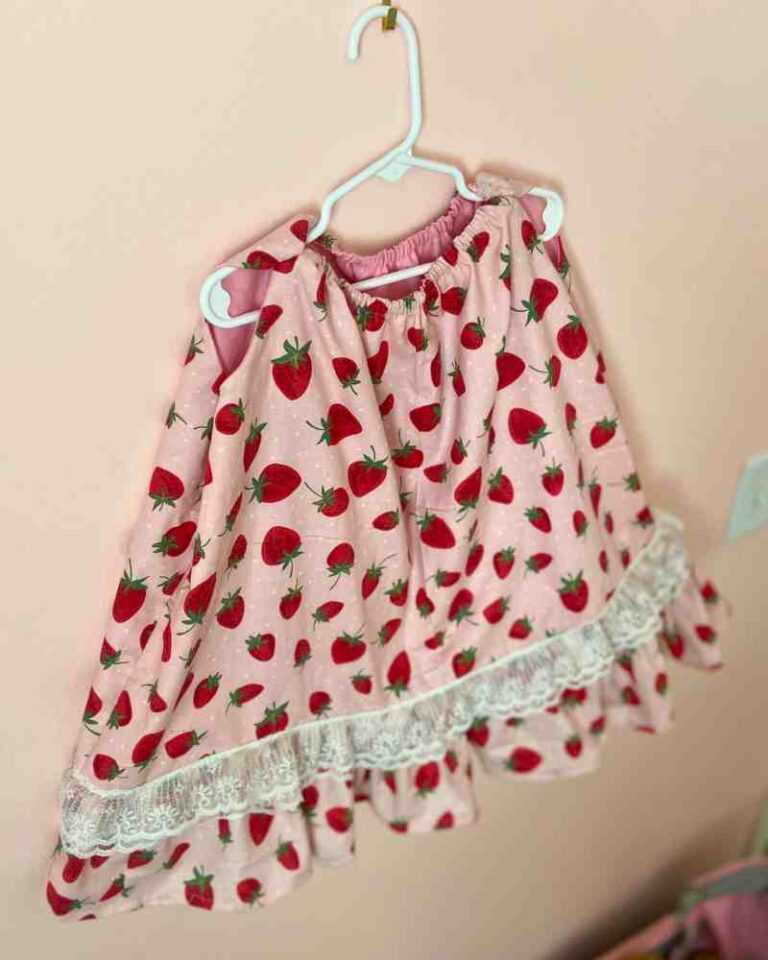How to sew a baste stitch: basting in sewing
Everything the home sewist needs to know about what a baste stitch is, how to make one, and how to use one!

Today we’re going to talk about how to sew a basting stitch!
We’ll walk through how to achieve this on a sewing machine, and we’ll talk about hand basting, too!
Sewists of all levels will appreciate knowing how to use a baste stitch!
Whether you know nothing about basting, or just need a refresher, this is a quick, simple, and helpful guide to baste stitching that will help every home sewist.
What is a baste stitch?
What exactly is a baste stitch?
A baste stitch is part of the sewing process where temporary stitches are placed to give a temporary hold to two layers of fabric.
After sewing a baste stitch, your “real stitches” are sewn, and the basting stitches are removed.
Baste stitches are longer stitches, making it easier to remove when no longer needed.
Baste stitches are often a different color than your fabric and permanent stitching line (think: a sharp red against a tan fabric, or a bright and obnoxious orange against a navy blue flannel), making them easier to identify when returning with your seam ripper to remove the basting stitches.
Sew your baste stitch in the seam allowance of your project. This way, if any tiny holes from the needle show through in your fabric, it will be on an “invisible” part of your sewing projects.
Importance of Basting
Why is basting important?
Basting will keep those pesky slippery fabrics such as silk in place.
In contrast, bulky fabric can also be tamed by using a baste stitch.
Sheer fabrics and delicate fabric will also find good use for a basting stitch.
Uses for basting
Now that I understand what basting is, how do I use it in practical situations?
One of the most common ways I personally use a basting stitch is for a set-in sleeve before sewing my sleeves into place with regular stitches. This makes for straight sleeves, and neat garment seams!
Another way I often use a basting stitch is for keeping my “quilt sandwich” in place while quilting. I don’t have a fancy long arm quilting machine, so I just use my regular sewing machine to sew all the layers of a quilt together. While safety pins can be used to hold the fabric layers of a quilt into place, basting makes it much less likely that there will be any bunching of your quilt layers.
Another useful way to use baste stitching is while attaching rick rack, satin ribbons, or any type of lace. Using a basting stitch will help better hold these in place before using a more permanent stitch to hold these fancy fixins’ into place!
Machine Basting
Let’s talk about how to baste using a sewing machine.
To baste using your sewing machine, simply adjust the stitch length of your sewing machine to the longest length offered (on my brother sewing machine, that’s a 5 mm stitch). The size isn’t too important, as long as it’s the longest possible length! Don’t create a knot on your machine — instead leave a long beginning and end of the thread.
Don’t forget to switch back to your regular straight stitch size before creating your final sewing stitches! You don’t want to use your longest stitch length on your sewing machine for your permanent machine stitches.
Remove your basting stitches with a seam ripper once your permanent stitches are in place, and when the basting stitches are no longer needed.
Hand Basting
Basting by hand is simple to do!
Thread your needle — you only need a single thread for basting, but you can double up if you’re more comfortable that way.
You can create a small knot if it’s easily removable, but it’s best to just leave a long tail thread.
Make a long running stitch across your garment, right along the raw edges. No need for knots on either end!
It’s helpful to use a contrasting thread to make removing your basting stitches even easier.
Sew your permanent stitches. This can be done on a machine or by hand.
Once your permanent stitches are in place and the basting stitches are no longer needed, you can remove your basting stitches.
Remove your basting stitches with a seam ripper, or use the “eye end” of your hand sewing needle to gently remove your basting stitches one by one, weaving them back out of the fabric.
Want to learn a trick for speedy hand basting that a 90 year old woman taught me many years ago?
This is the easiest way to do a basting stitch!
Take out your threaded hand needle.
Weave your needle in and out of your fabric “accordion style,” creating lots of waves of fabric on your needle. When your needle is full, pull the needle all the way through, then repeat this process for the length of your baste stitches. This gives you a basting stitch by hand in much less time!
While it might not be the “neatest” or more “professional” method, this is a great method for the home sewist. It’s the way people have sewn basting stitches for many, many years.
Type of basting thread
What type of thread should you use for basting?
Cotton thread, polyester… those things don’t matter terribly much (although cotton thread breaks more easily than polyester thread, so it’s a good idea to keep that in mind!) But truly, any regular thread will do!
However, you might want your basting thread to be different colors than what your fabric and final seams are.
This way, a bright and obnoxious colored basting thread against a neutral fabric with neutral pieces of fabric will be easy to see!
You’ll be much faster with your seam ripper when taking out your stitches, and are unlikely to accidentally remove your permanent stitches!
So — you may have better results if you use a contrasting thread while baste stitching.
Removing your basting stitches
To remove your basting stitches, it’s best to use a seam ripper.
If you’ve sewn just a short line of basting stitches with a very wide basting stitch, you may be able to just pull the thread out by hand.
However, be careful when pulling out your basting thread by hand — it can make the fabric crinkle and gather.
(unless your purpose is to gather the fabric — if it is, read on!)
Gathering Fabric
Using a basting stitch is also how you can create gathered fabric!
Within your seam allowance, make two rows of basting stitches, roughly 1/8″ – 1/4″ apart from each other. You’ll still want these stitches to be within your seam allowance.
It’s especially important to NOT make a knot on either end of your basting stitches when your intention is to gather your fabric. Instead, leave long threads on each end of your rows of basting stitches!
Pull all 4 tail ends of thread from your basting stitches until your fabric is evenly gathered. Don’t forget to check that your fabric is gathered to the correct length for whatever sewing project you’re working on!
Lastly, you’ll want to sew a permanent line of stitches to hold the gathered fabric into place.
You can just leave your basting stitches in your gathered fabric — snipping the long tail ends, of course.
Fun DIY Projects
I hope you found this article to be helpful!
Please let me know what topic you’d find helpful to hear about next!
If you’re interested in sewing, please check out the other posts on my blog.
I have plenty of free sewing patterns, and am working hard to add more regularly!
Put those basting stitches to good use, and check out some of my sewing patterns!
Happy Birthday Banner — Reusable Birthday Party decoration
And — how about a fabric birthday crown to go with your birthday banner??
Interested in knitting? You might enjoy some of my knitting patterns!
Free Easy knitting pattern for cat sweater — perfect for your first sweater knitting attempt!
Simple Bird knitting pattern — this pattern is also free, and printable! Great for beginners!

